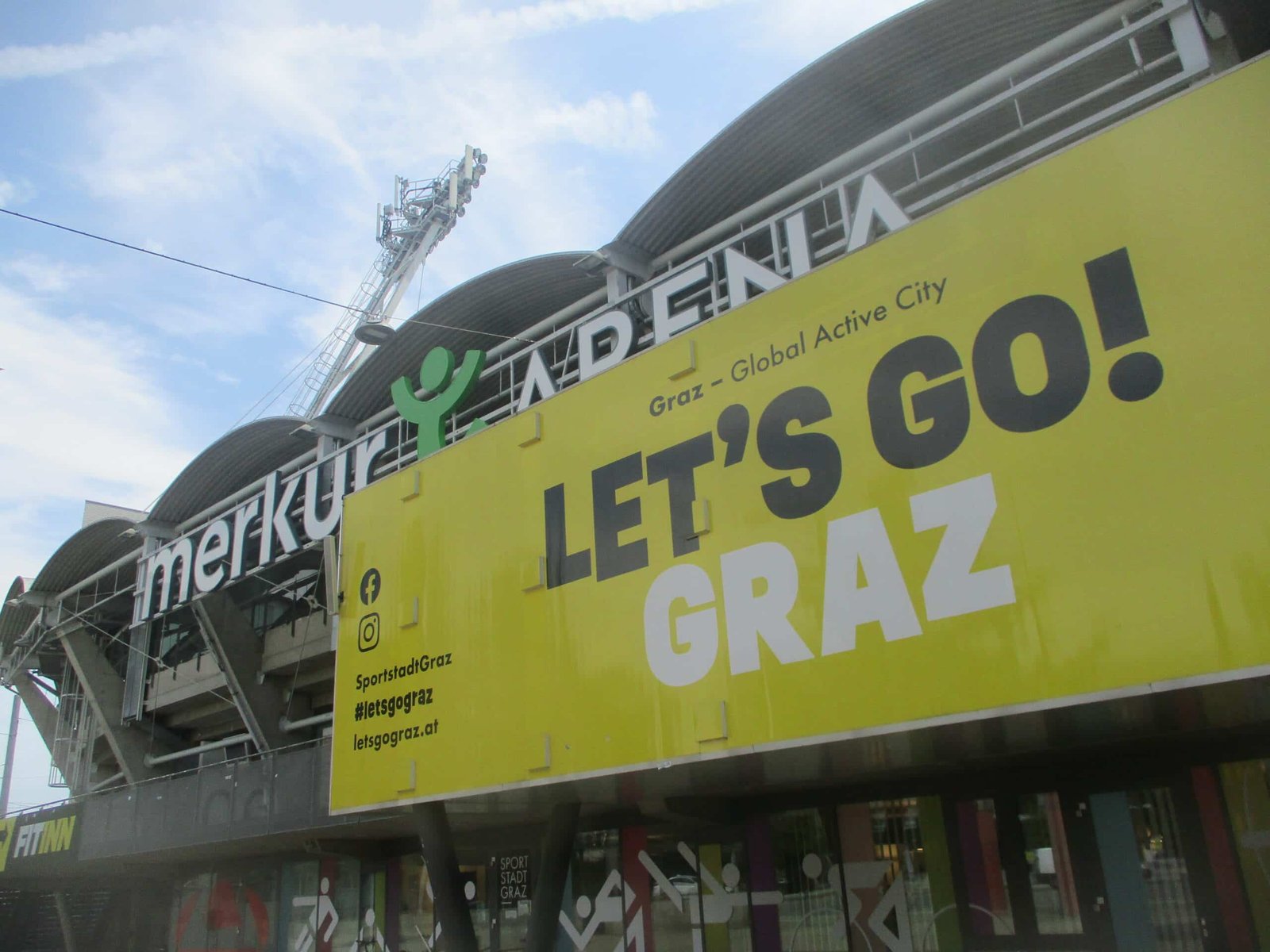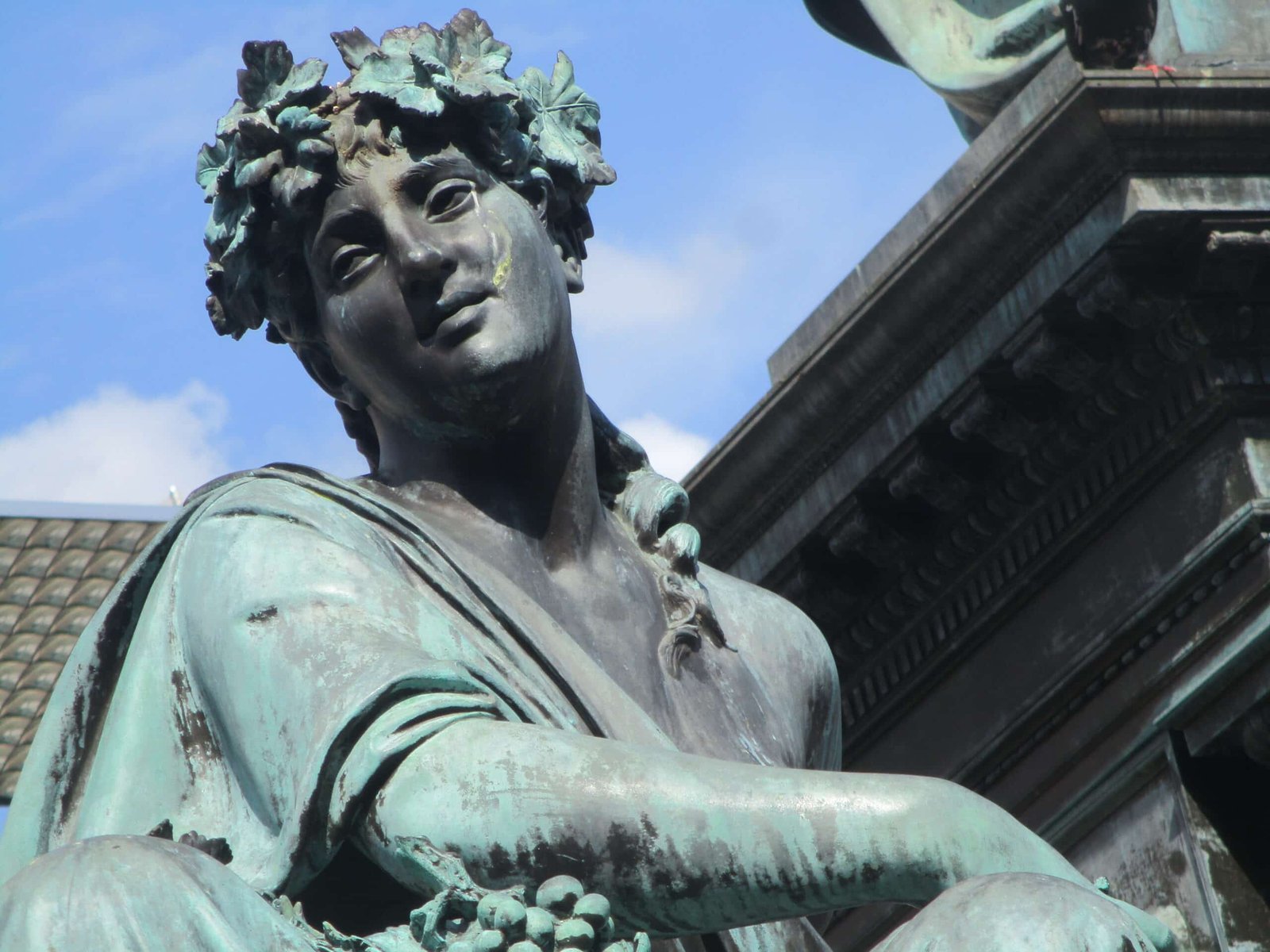The field of dreams – and the story behind it
First named after local celebrity Arnold Schwarzenegger when it opened in 1997, nowadays Liebenauer Stadion is usually called by its sponsor’s name of the Merkur Arena except when it’s involved in UEFA competitions. Given the recent return to form of twice recent title winners Sturm Graz, who groundshare the Liebenauer with city rivals (and fellow Bundesliga competitors) Grazer AK, this is a more regular occurrence of late.
Rangers and Nottingham Forest numbered among the visitors when the draw was made for the League Phase of the Europa League 2025-26, although Sporting Lisbon and Club Bruges were redirected to Klagenfurt for the inaugural League Phase of the Champions League the season before.
Overlooked for most Austria internationals, just as it was for the co-hosting of Euro 2008 – nearby Klagenfurt got the nod and had to build a whole new stadium to fulfil its obligation – the Liebenauer Stadion was first used for football around a century ago. Home ground of the tramworkers’ XI Grazer SC Straßenbahn – the de facto third team in Graz after Sturm and Grazer AK – it was used by other works teams until the chaos following World War II.
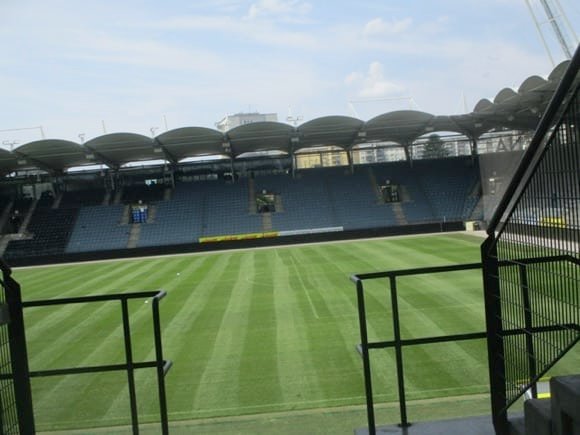
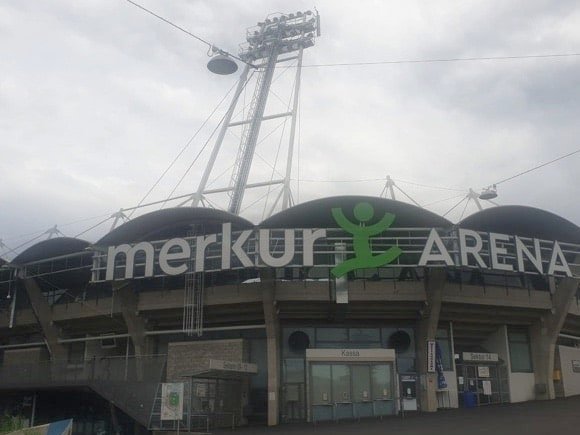
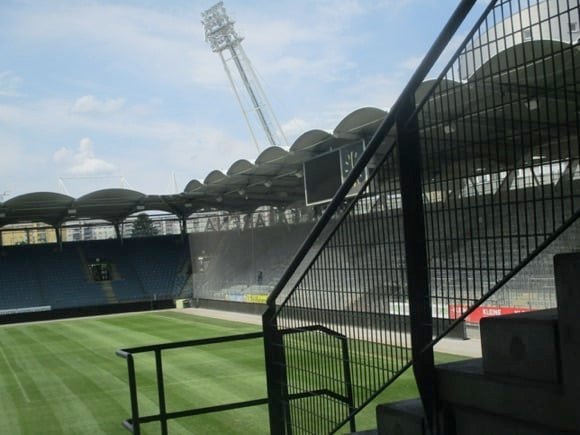
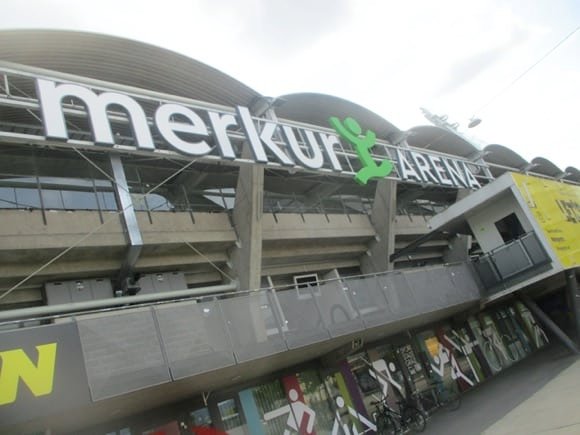
With Austria divided, like Berlin, into four Allied zones, a situation that remained in place until 1955, the British established control in Styria. With food shortages causing workers’ strikes – even food riots in Vienna – sport was seen as a way to restore a sense of normality in the immediate post-war period.
Renamed the Bundesstadion Liebenau, the stadium was overseen by the regional Styrian Football Association, which arranged an exhibition game here against a touring Sunderland side in June 1951. A team featuring illustrious internationals such as Len Shackleton, Ivor Broadis and Billy Bingham succumbed to a 2-1 defeat by the hosts, all drawn from the main four teams in Graz.
A crowd of around 10,000 comprised football-starved locals and British servicemen – the fixture is considered to have been the inaugural one at the stadium, almost completely rebuilt from the modest ground used by Grazer SC during the 1930s.
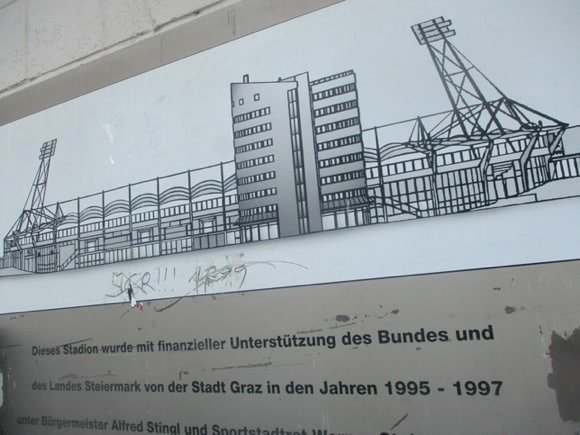
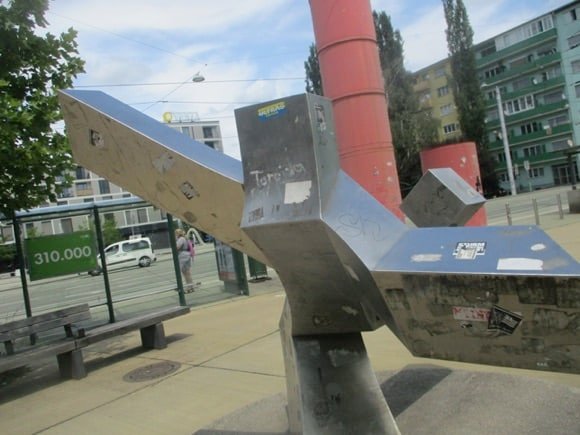
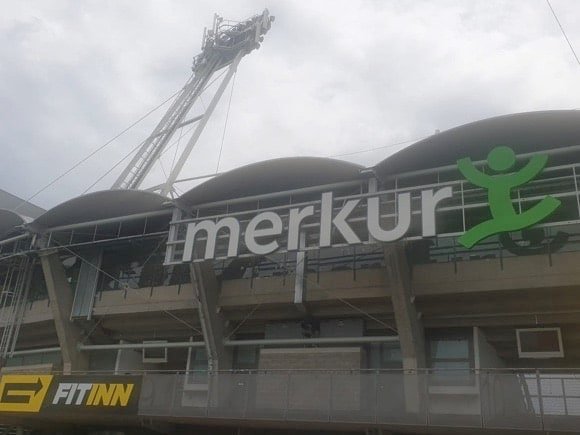
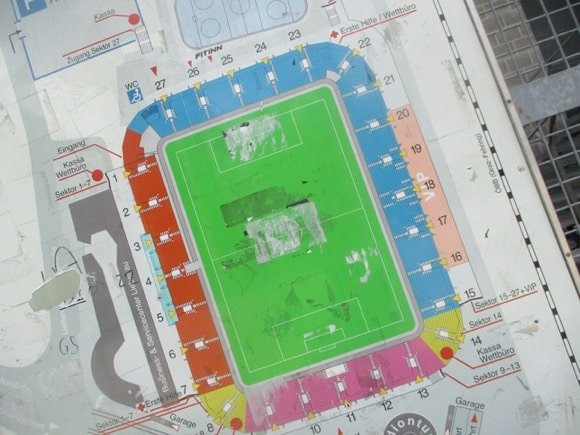
Installation of floodlights in 1955 and expanding the stands meant that the Bundesstadion Liebenau was used more and more by Sturm and Grazer AK for televised fixtures – beginning with the Grazer derby of 1969 before an estimated 20,000 crowd –although rarely by Austria.
After a friendly with Yugoslavia in 1970, Graz hosted a couple of qualifying games in the mid-1980s, Toni Polster scoring one of four against Cyprus, and one of the three goals that sank Albania.
By then, both Sturm and GAK were using the Bundesstadion fairly regularly, not least for games between themselves, but also when Sturm’s own Gruabn was being modernised in 1982. Now showing its age, the best part of half a century, by the mid-1990s the Bundesstadion itself was in need of an overhaul – in fact, a complete rebuild, part-funded by the City and the regional government of Styria.
Construction took two years, completion coinciding with the 46th anniversary of the Styria-Sunderland match of 1951. In July 1997, Sturm and GAK fans filling the controversially named Arnold Schwarzenegger-Stadion to its 15,400 capacity, the city rivals played out a high-tempo derby, the tone set by an opener two minutes after kick-off from Sturm’s Roman Mählich. The day belonged to Ivica Vastić, whose brace rounded out a 4-0 scoreline and added to his 19-goal tally in derby games, still a record today.
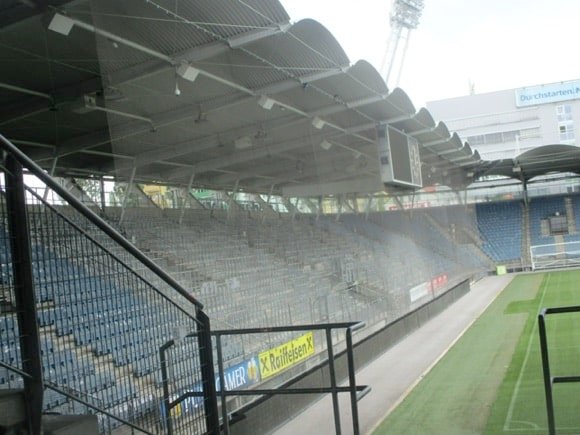
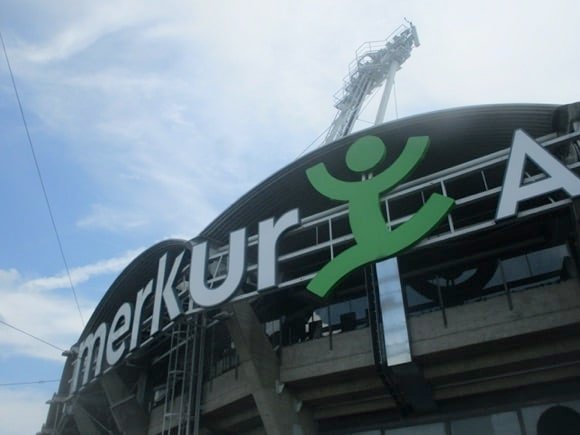
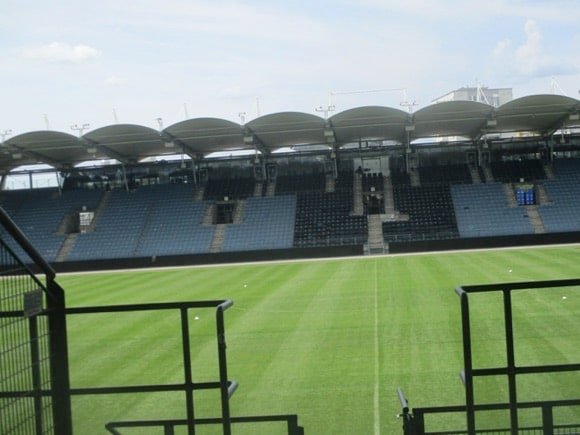
By chance, the opening of the new stadium coincided with a golden era for football in Graz, Sturm led by legendary Bosnian coach Ivica Osim winning national titles in 1998 and 1999, GAK their only Bundesliga crown in 2004, with runners-up medals either side of it. The biggest names in European football graced the Arnold Schwarzenegger-Stadion, Real Madrid, Internazionale, Ajax and Manchester United twice, as Sturm and GAK hit the big time.
Five Austrian Cup finals and Supercup finals were also played here, two involving the Graz rivals, including the memorable GAK victory of 2002, Vastić singlehandedly pulling back a 0-3 deficit to 2-3 at the death. Austria almost set up camp here, as other main stadiums were rebuilt before Euro 2008 – Scotland fans may ruefully remember a 2-2 draw in August 2005, the hosts hitting two late goals to level the score.
In December 2005, Styria’s most famous bodybuilder, movie star and governor of California came under fire for refusing to pardon a prisoner on death row. Local politicians in Graz demanded his name be removed from the stadium, which it was, the late-night deed timed to coincide when most journalists and photographers were spending Christmas with their families. By February, a new sponsor had been found, and the stadium became the UPC Arena. In 2016, Merkur insurance stepped in once the UPC agreement ceased.
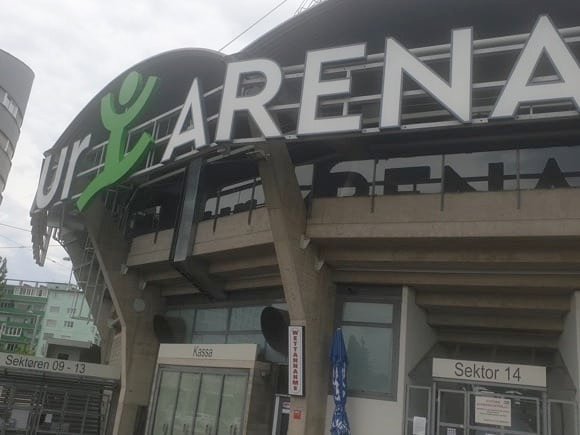
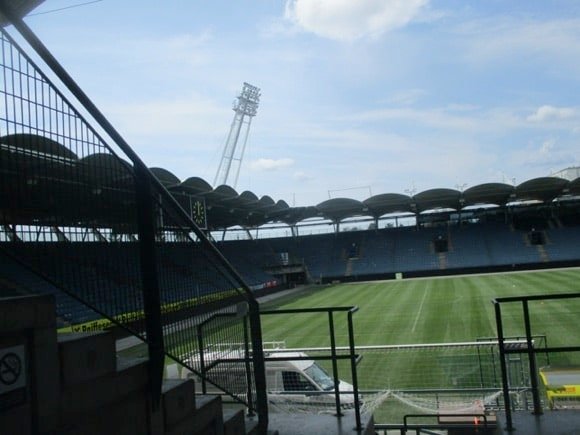
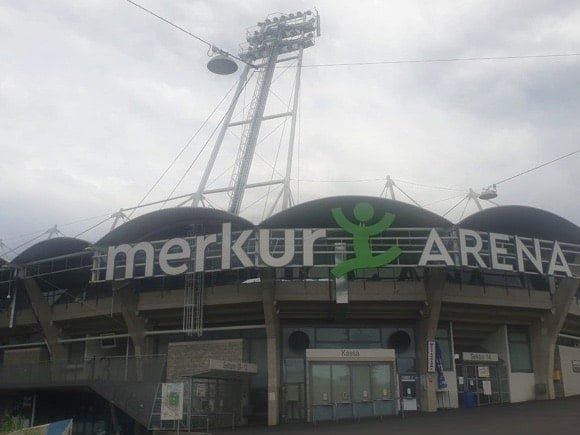
In between, GAK had all but disappeared, buried by debt and bankruptcy, and the phoenix club resurrected by fans were playing out at the Sportzentrum Weinzödl. Sturm won another title in 2011, the last before the Bundesliga’s complete domination by Red Bull Salzburg. This monopoly was broken by Sturm in 2024, at the same time that GAK had clawed their way back to the Austrian elite. Both Graz clubs currently share the Liebenauer Stadion as top-flight competitors.
While GAK were out of the limelight, Sturm president Christian Jauk planned to transform the ground into a one-team entity, with a fan mile around it and club museum within – but these plans never came to fruition.
One major change did occur in 2016, the transformation of Sturm sectors 10-12 into safe standing areas for domestic fixtures, raising capacity to 16,604, a record reached for the visit of Rapid Vienna that same year. Overcrowding then led to a rethink and the current maximum is 16,364.
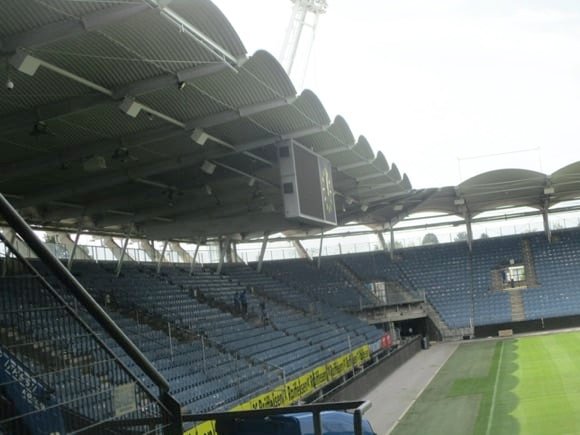
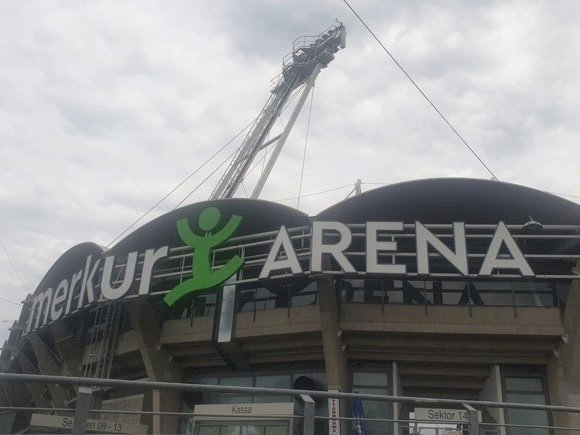
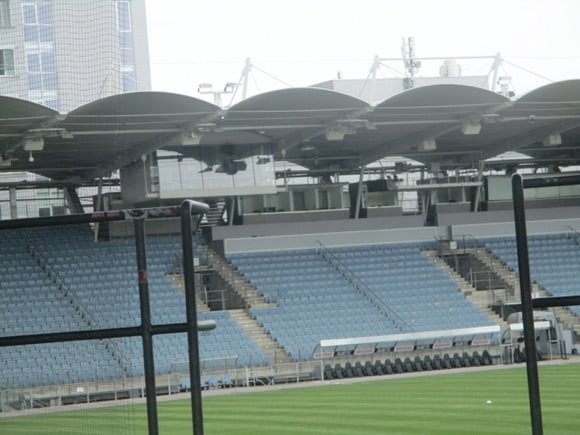
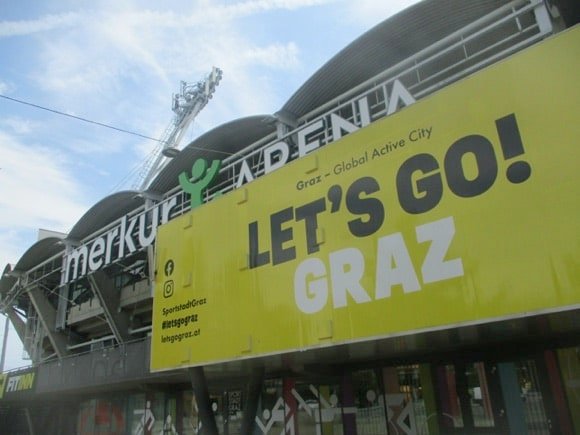
With GAK back at the top, the groundshare arrangement has been called into question. As far as Sturm are concerned, the Liebenauer Stadion isn’t quite suitable for big European games – their Champions League fixtures in 2024-25 were moved to Klagenfurt – and it’s too big for GAK, who only attracted an average 6,000 gate for their return to the Bundesliga.
To persuade Sturm to stay and not invest in a new ground, the City has recently bought land close by, with a view to expansion, at least for TV crews to park their vans on big European nights.
Following the death of revered coach Ivica Osim in 2022, naming the concourse on the north side of the ground after him added an extra emotional pull to the argument.
For Sturm games, the home Fankurve is sectors 9-13 in the Nordtribüne. Gästesektor 27 is for visiting supporters in the south-east corner, with the Familiensektoren in this same south end, 23-24. VIPs enjoy prime views over the halfway line from the Westtribüne, neutrals are placed in sectors 2-6 in the sideline Osttribüne. When GAK are at home, their fans occupy sector 22.
getting here
Going to the stadium – tips and timings
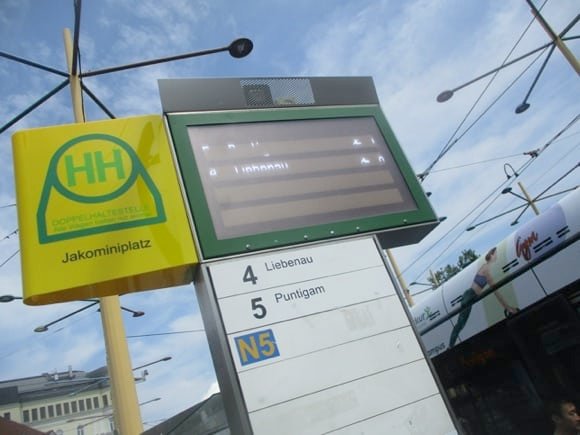
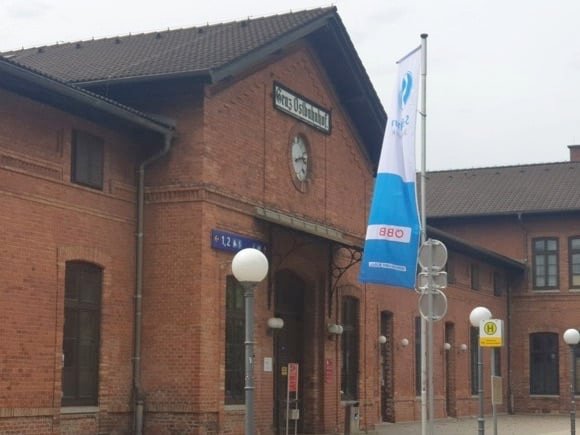
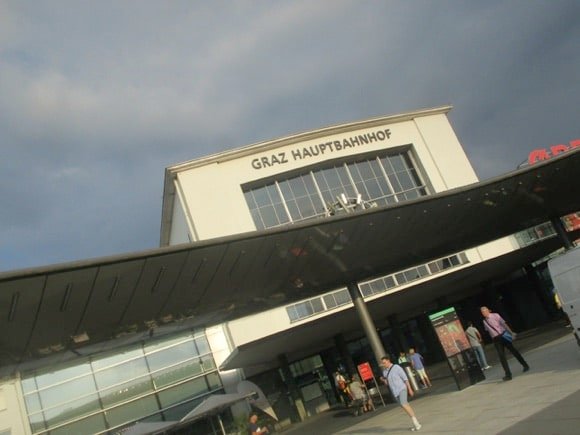
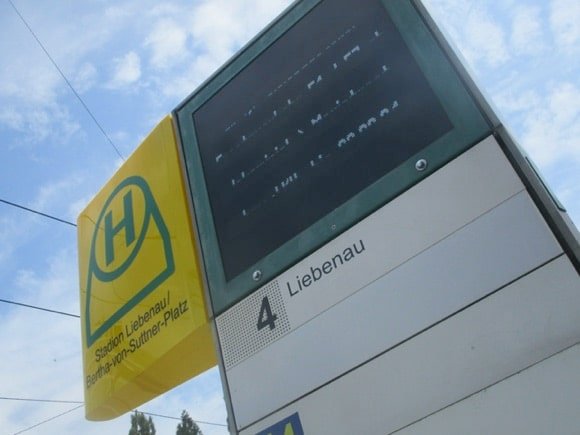
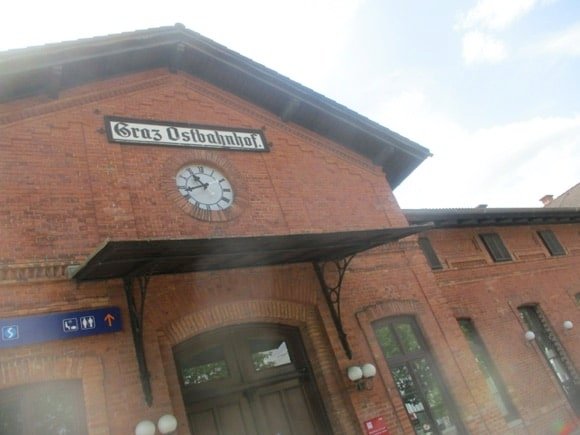
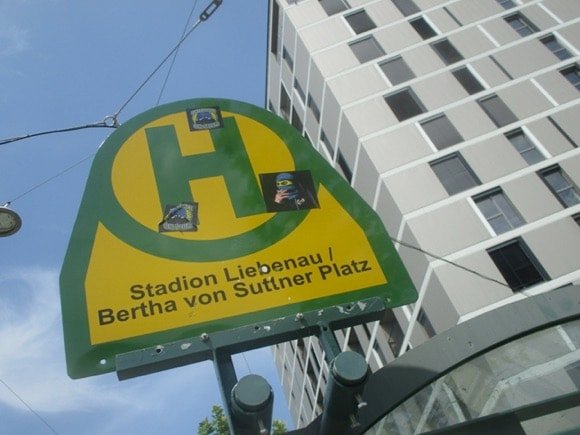
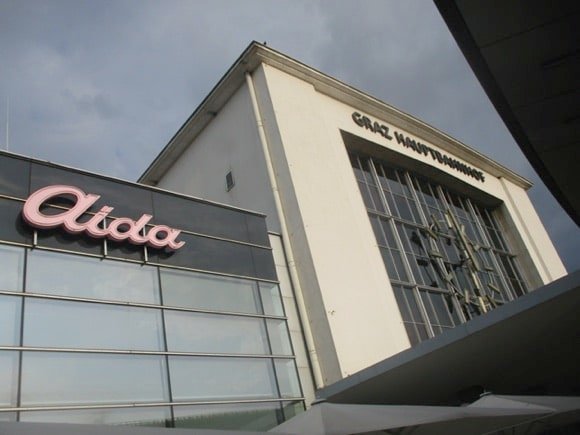
From Hauptbahnof main station, then central Jakominiplatz, frequent tram 4 takes 20mins and 12mins respectively to reach Stadion Liebenau. Trams run every 8mins Mon-Fri, 12-15mins Sat and 20-30mins Sat.
Alternatively, from Hauptbahnof main station S-Bahn line S3 runs every hr to Ostbahnhof (6min journey time), a 5-7min walk to the stadium straight down Conrad-von-Hötzendorf Straße.
getting in & WHAT TO BUY
Buying tickets and merchandise in Graz
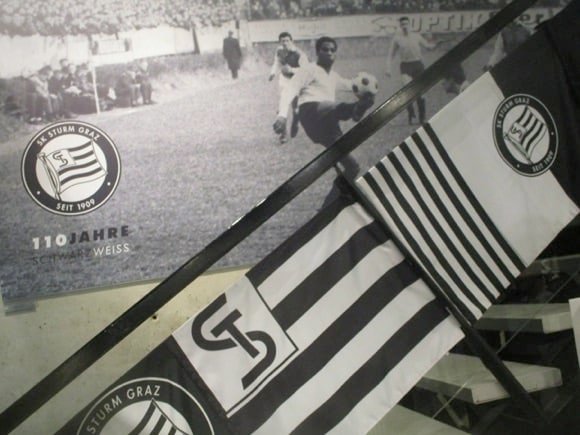
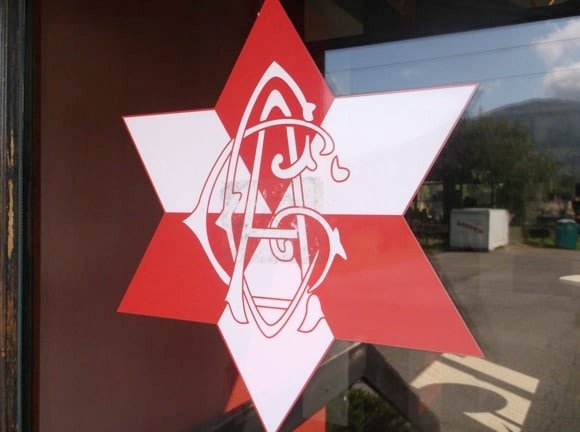
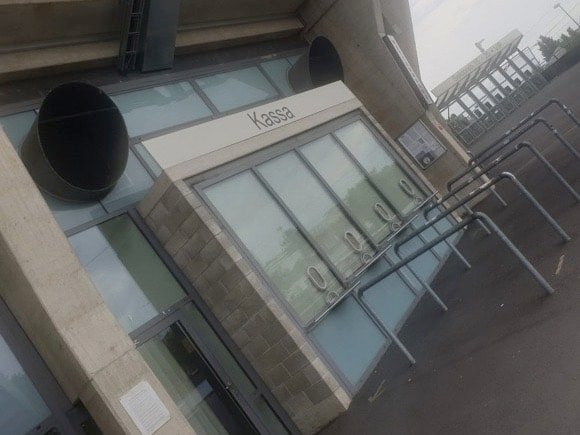
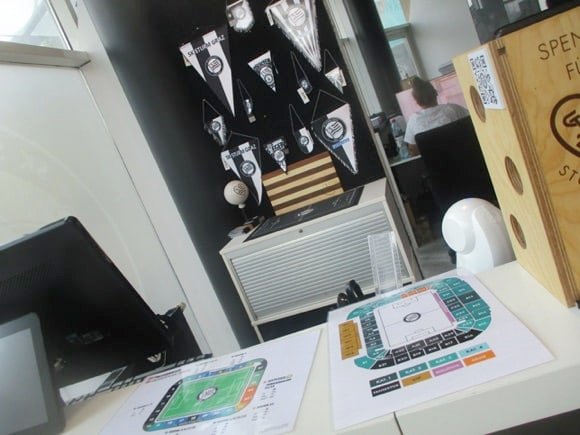
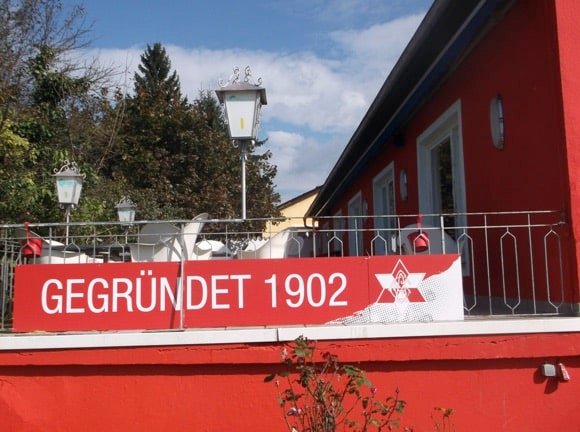
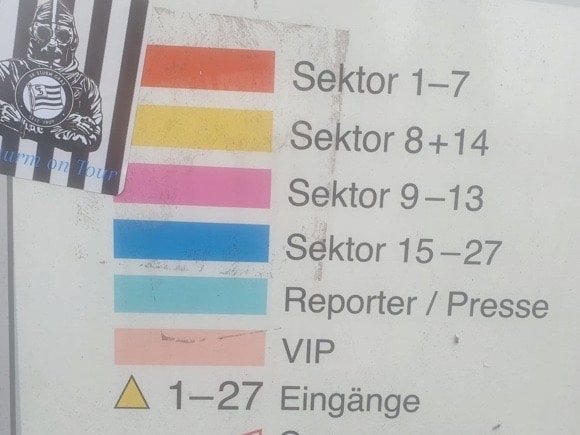
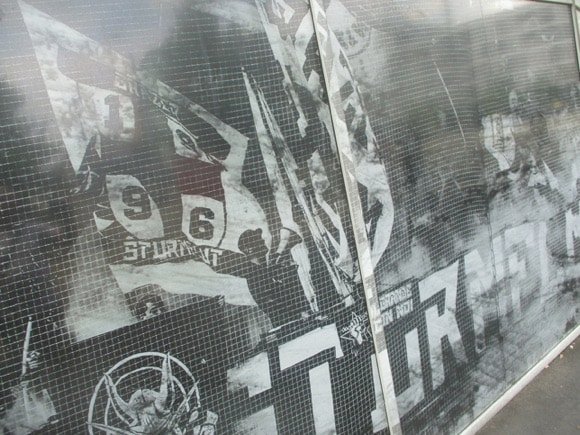
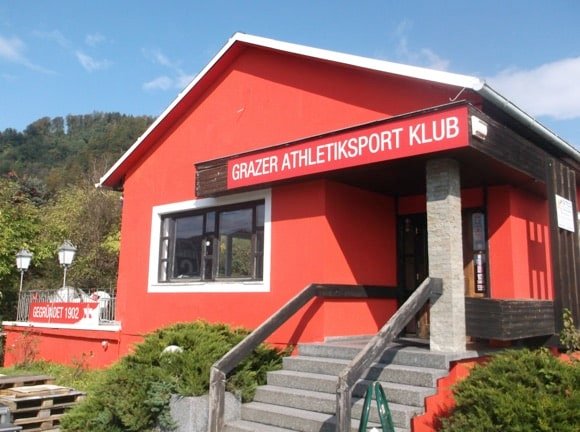
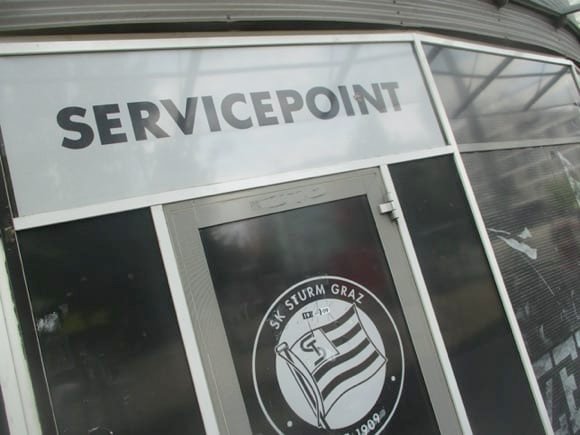
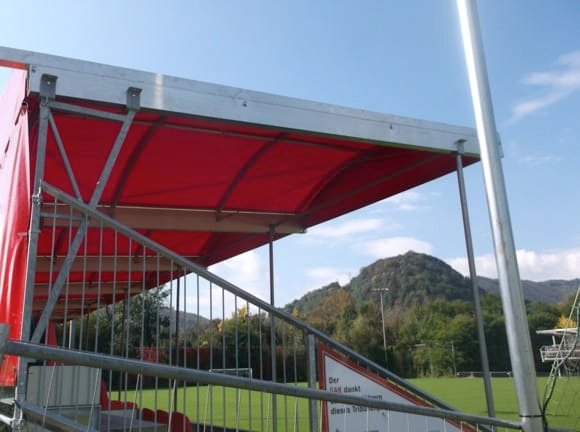
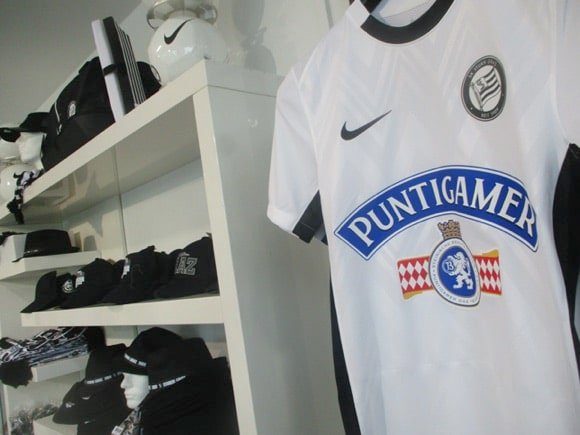
Sturm Graz distribute online through their website, though the ticket-purchasing platform is German-only. Sturm shops can be found on at Hans-Sachs-Gasse 8 (Mon-Fri 10am-6pm, Sat 10am-5pm, match days) in town and at the Liebenauer Stadion (Mon-Fri 10am-5pm, match-day Sat from 10am until 1hr after final whistle, match-day Sun from noon until 1hr after final whistle). There’s another outlet at Shopping City Seiersberg (Mon-Fri 10am-7pm, Sat 10am-6pm) out towards the airport.
Grazer AK also distribute tickets online. Their shop is way up north at the Sportzentrum Weinzödl (Tue & Thur 4pm-7pm), although merchandise is sold at GAK home games at the Liebenauer Stadion.
Where to Drink
Pre-match beers for fans and casual visitors
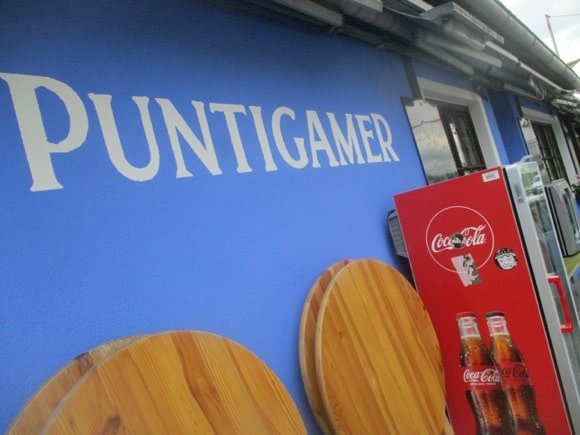
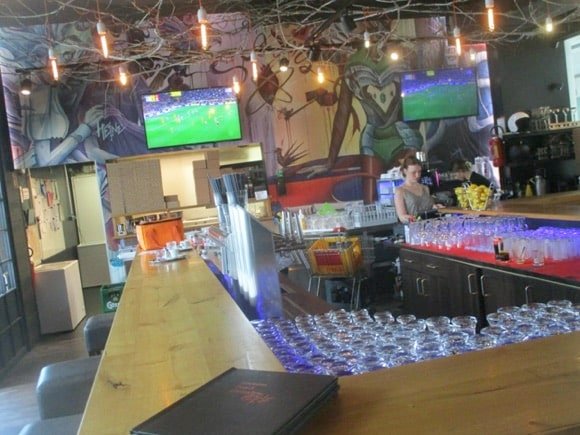
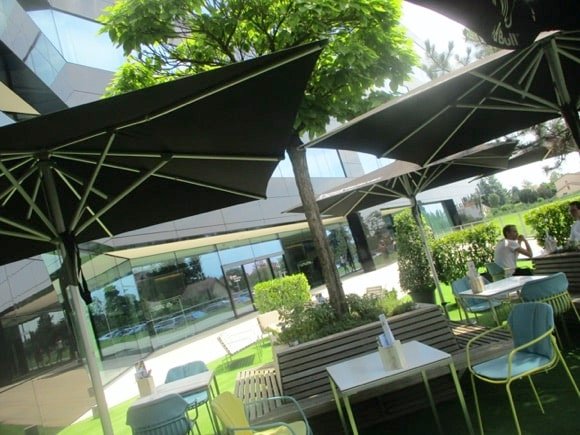
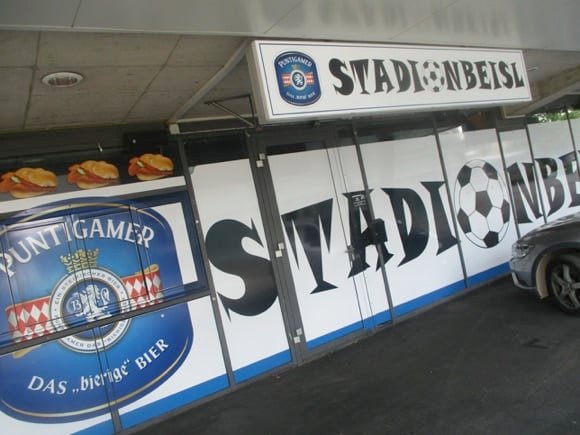
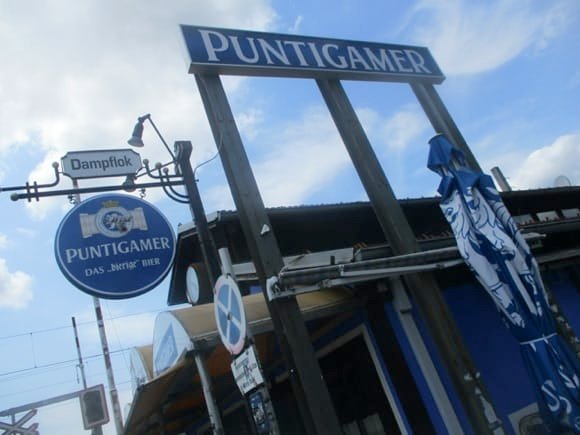
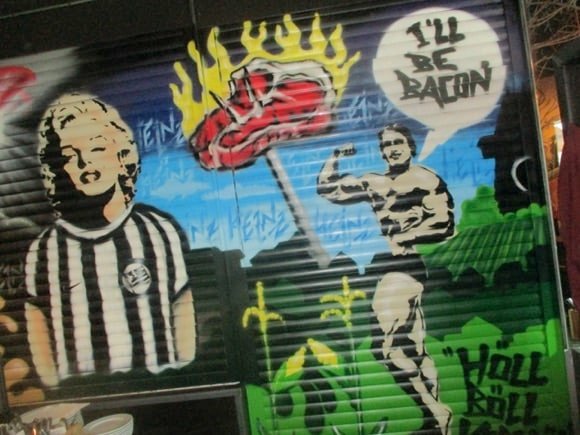
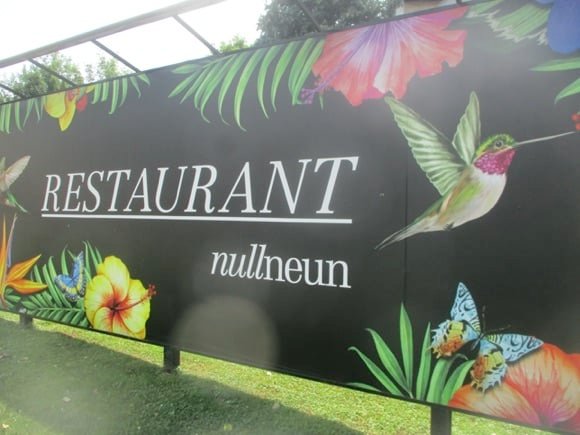
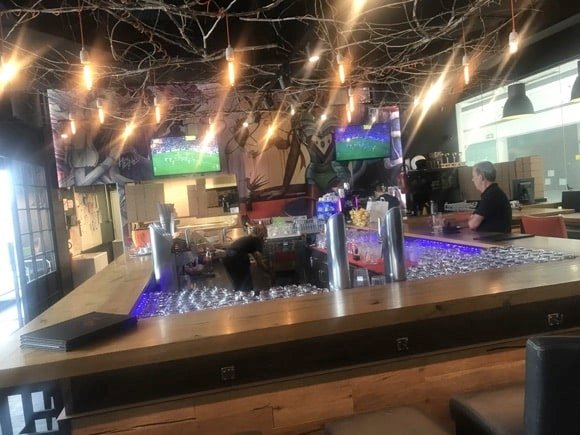
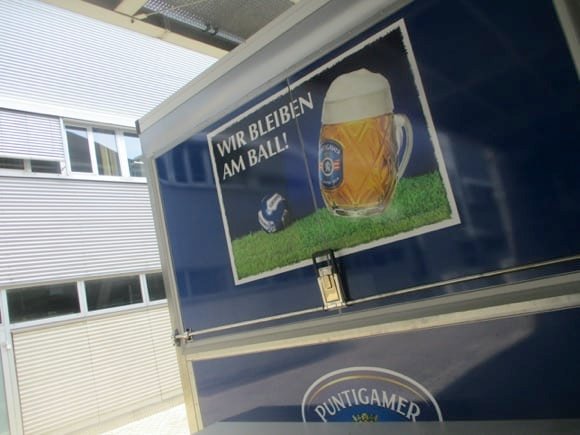
On the east side of the stadium, US-style sports bar Heinz (Tue-Sun 11am-11pm) perfectly serves the Liebenauer Stadion with Puntigamer and König Ludwig Weißbier on draught, a full burger selection (including the beefy Steirer variety) and match action beamed on TV screens over the island bar counter. There’s a terrace too – pre-match gets superbusy, of course, but you can reserve a table online.
By the railway tracks, the age-old Dampflok (Ulrich-Lichtenstein-Gasse 22) opens erratically these days and is crying out for someone to take on yet preserve its retro advertising and warm bonhomie.
To dine in smarter surroundings, nullneun (Liebenauer Tangente 4; Mon-Tue 9am-4pm, Wed-Fri 9am-8pm) mainly serves office workers in the surrounding complex, which is why it doesn’t operate at weekends. The raised terrace provides a nice view of the stadium down below, and the lunchtime menu is a relative bargain. Decent wine list, too.
Back at the stadium, immediately behind the Sturm Fankurve, the little Stadionbeisl is a match-day dispenser of Puntigamer, as are the various beer vans dotted around the concourse.

